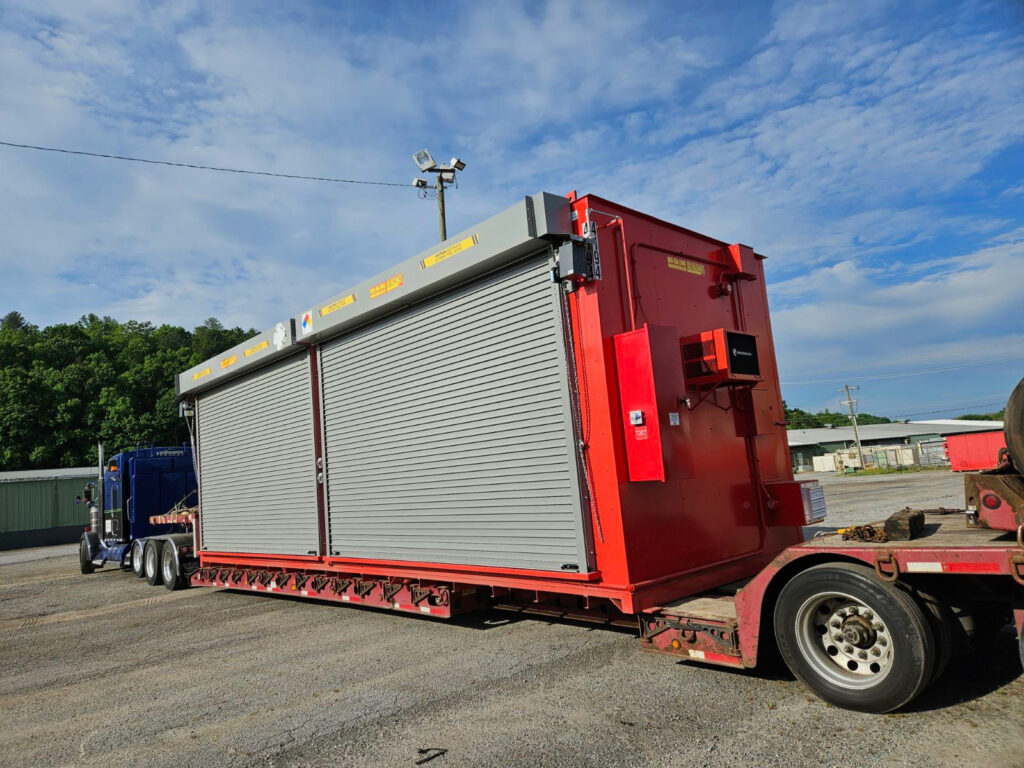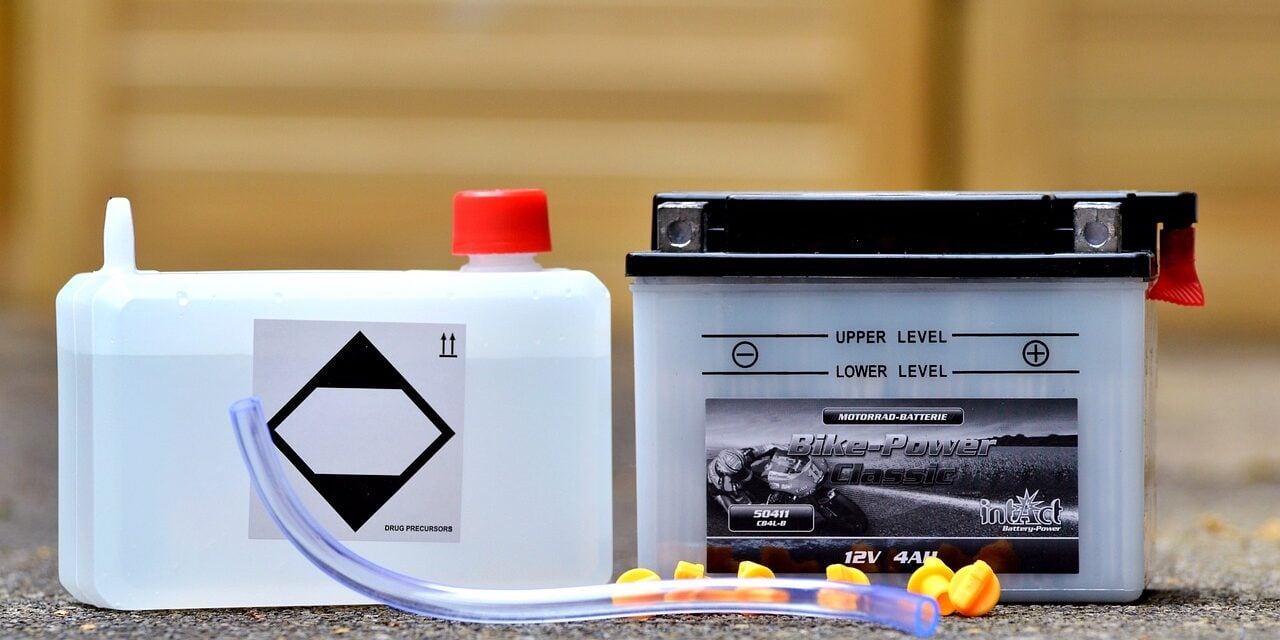Battery storage fires are like the Energizer Bunny – once they start, they just keep going and going. Lithium-ion battery fires have become so problematically enigmatic that some communities are considering moratoriums on future battery storage construction. Towns’ energized fears of battery thermal runaway aren’t unwarranted. Firefighters evacuated hundreds of Escondido, Ca. residents last week when a local Lithium-Ion battery facility caught fire. Investigators are clueless what sparked the fire, but thermal runaway is the primary culprit.
Why Are Battery Storage Fires So Dangerous?

Battery storage fires are unlike any other chemical incident. Once one lithium cell is compromised, it can trigger a chain reaction impacting hundreds of nearby cells. The residual hot, flammable gases can then cause an explosion, exacerbating the efforts of firefighters. Although improperly stored flammable liquids and gases cause most industrial chemical fires, haphazardly protected lithium-ion batteries comprise a growing segment of jobsite hazmat incidents. Thermal runaway is the primary reason for most battery storage fires. This inexorable process occurs when a battery cell is damaged beyond repair, resulting in thermal runaway leading to a rapid escalation of fire. Battery overcharging, excessive heat, or physical damage are the primary preceding factors responsible for thermal runaway. Once a chain reaction fire begins, it’s nearly impossible to put out.
Battery storage fires unleash a trifecta of threats. Excessive heat and explosions release large volumes of toxic gases, indicating the need for a quick firefighting response and the immediate population of the facility and nearby residents. Furthermore, lithium-ion battery fires can last for days and are prone to arbitrarily reigniting as firefighters struggle to contain an already precarious situation. Lithium-ion battery fires can also cause secondary infernos, impacting valuable community infrastructure like electrical equipment and powerlines. Lithium-ion battery conflagrations can also rival radioactive events as their reverberating effects are far-reaching and numerous. Although battery storage fires are not always catastrophic, they can release additional flammable, toxic gases that can lead to secondary explosions.
How to Properly Store Lithium-ion Batteries

Large quantities of lithium-ion batteries should always be stored in a cool, dry environment away from incompatible materials and employees. The ideal storage temperature for lithium-ion batteries is between 68 and 77 degrees Fahrenheit. Batteries should also be stacked in easy to access intervals with a low center of gravity. Although it might defy traditional storage logic, material management specialists should avoid storing lithium-ion products with other batteries. A readily available fire extinguisher can prevent small battery storage firms from mushrooming into more extensive fires. U.S. Hazmat Rentals offers climate-controlled storage buildings for lithium-ion batteries. These buildings can help prevent damage to the batteries’ storage capacity by maintaining a consistent internal temperature. They also include dry chemical fire suppression to extinguish flames quickly. Contact us today for a free quote and consultation!






